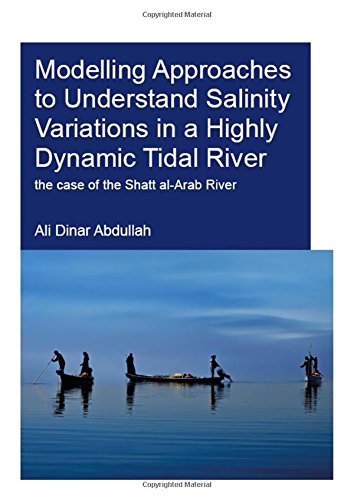

Most ebook files are in PDF format, so you can easily read them using various software such as Foxit Reader or directly on the Google Chrome browser.
Some ebook files are released by publishers in other formats such as .awz, .mobi, .epub, .fb2, etc. You may need to install specific software to read these formats on mobile/PC, such as Calibre.
Please read the tutorial at this link: https://ebookbell.com/faq
We offer FREE conversion to the popular formats you request; however, this may take some time. Therefore, right after payment, please email us, and we will try to provide the service as quickly as possible.
For some exceptional file formats or broken links (if any), please refrain from opening any disputes. Instead, email us first, and we will try to assist within a maximum of 6 hours.
EbookBell Team

4.1
100 reviewsThis book reports the first systematic monitoring and modelling study on water availability, water quality and seawater intrusion of the Shatt al-Arab River (SAR) on the border of Iraq and Iran, where causes and concentration levels of salinity have not yet been fully understood, let alone addressed, leading to conflicting perceptions of its origin (external or internal), the natural conditions and the practices that can explain the current critical conditions. Current scientific knowledge on the SAR salinity problem is deficient, partially due to the complex and dynamic interaction between marine and terrestrial salinity sources, including return flows by water users of the different water sectors in the Euphrates and Tigris rivers upstream of the SAR.
The development of a new series of monitoring stations and various modelling approaches helped to better understand the interactions between these different sources. The comprehensive and detailed dataset formed the basis for a validated analytical model that can predict the extent of seawater relative to other salinity sources in an estuary, and for a hydrodynamic model that can predict salinity changes. The adaptability of the models to changing conditions makes them directly applicable by water managers. The procedure can be applied to other comparable systems.